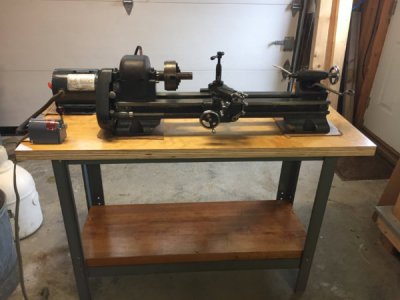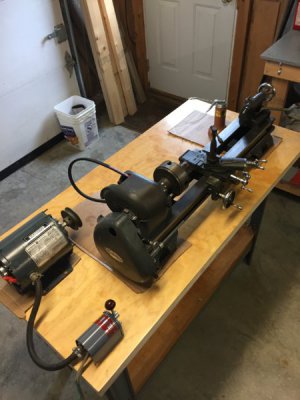- Joined
- Feb 2, 2013
- Messages
- 3,962
Hi kopeck,
you don't have to be an expert to enjoy machines and machining!
it's a swift descent into the rabbit hole my new friend, - come down with the rest of us !!!
you don't have to be an expert to enjoy machines and machining!
it's a swift descent into the rabbit hole my new friend, - come down with the rest of us !!!


